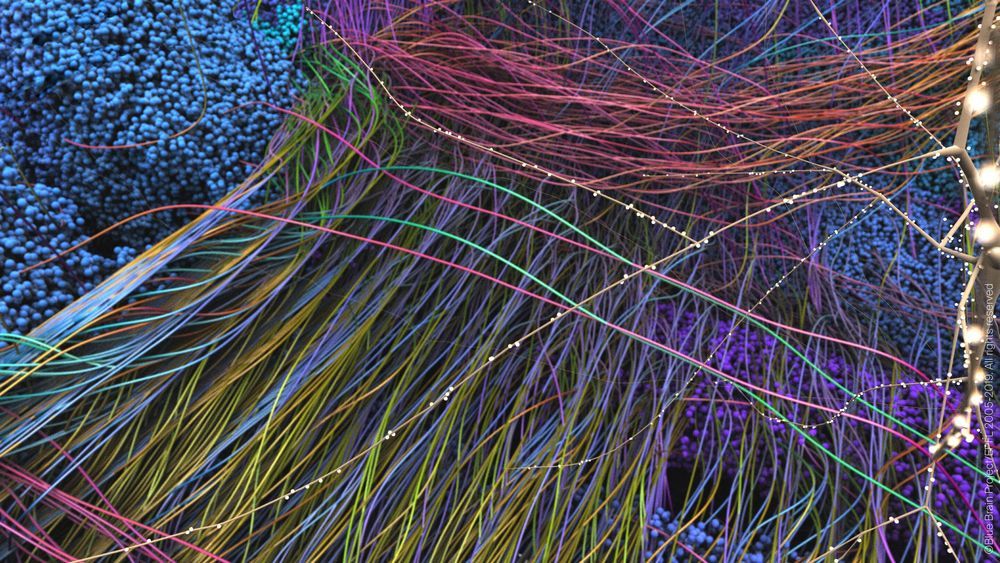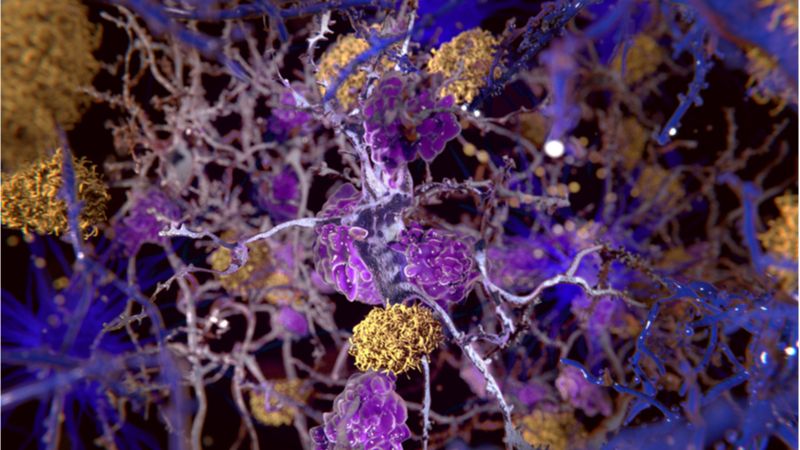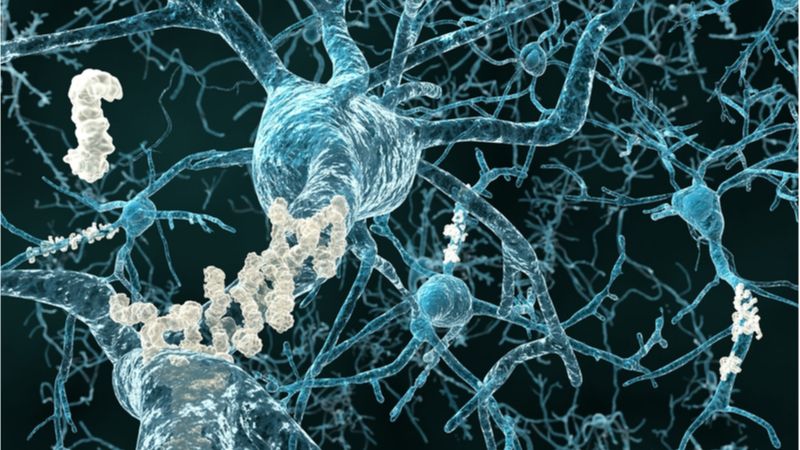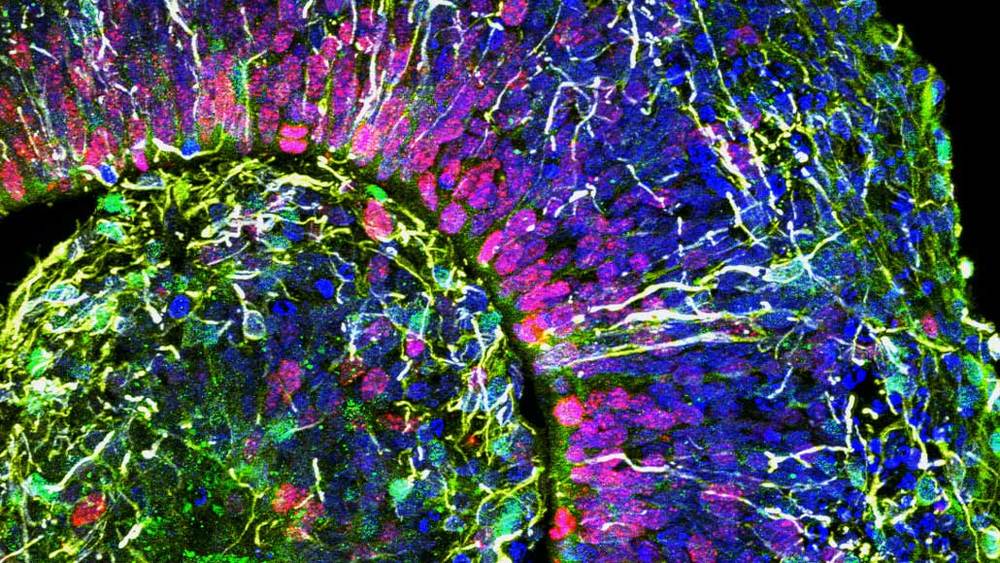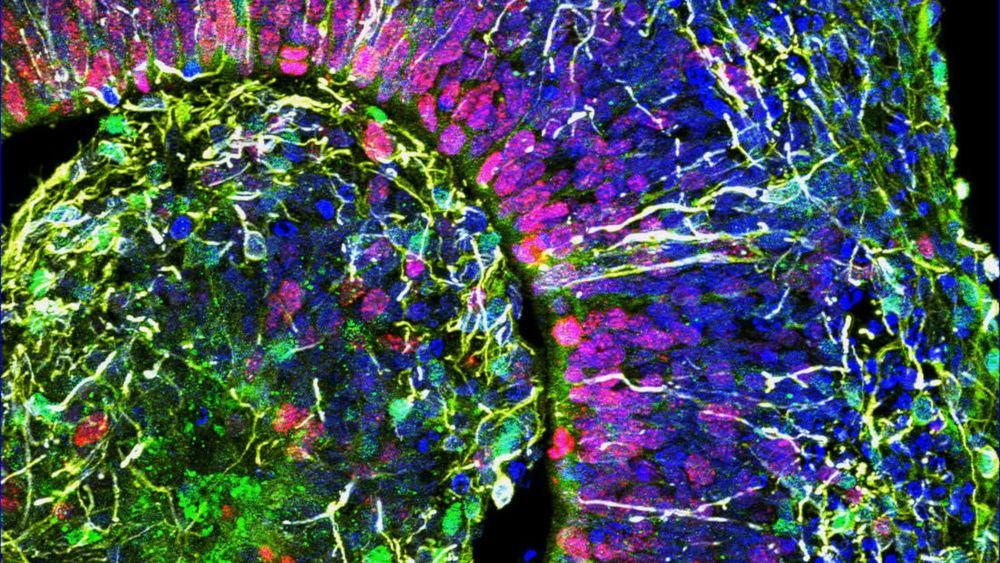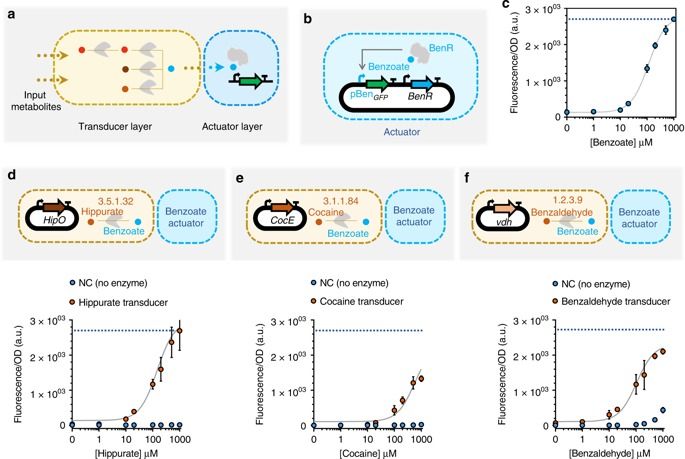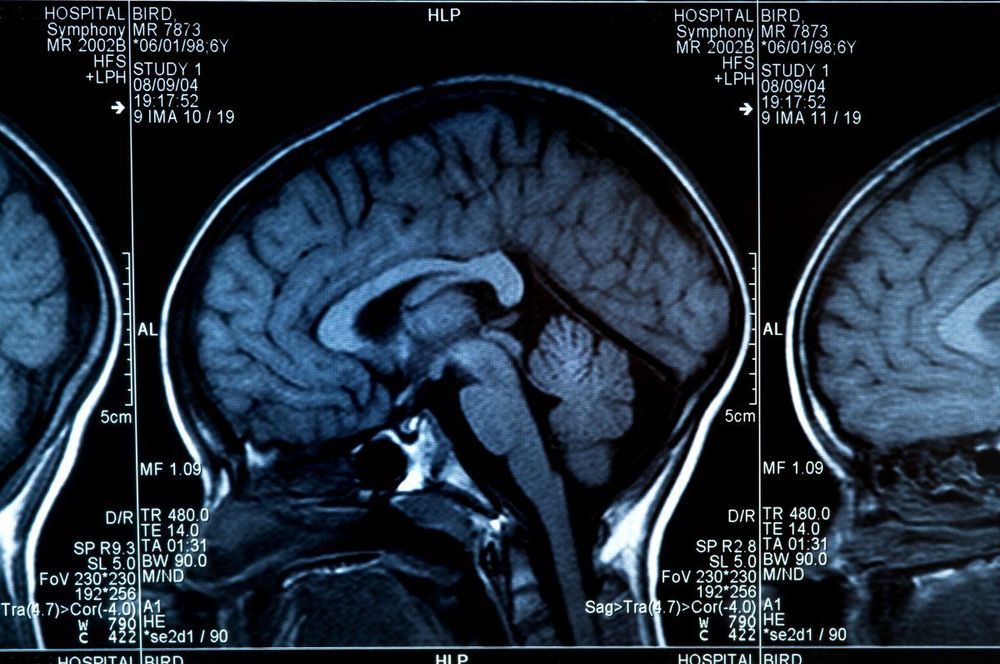Researchers at EPFL’s Blue Brain Project, a Swiss brain research Initiative, have combined two high profile, large-scale datasets to produce something completely new—a first draft model of the rules guiding neuron-to-neuron connectivity of a whole mouse neocortex. They generated statistical instances of the micro-connectome of 10 million neurons, a model spanning five orders of magnitude and containing 88 billion synaptic connections. A basis for the world’s largest-scale simulations of detailed neural circuits.
Identifying the connections across all neurons in every region of the neocortex
The structure of synaptic connections between neurons shapes their activity and function. Measuring a comprehensive snapshot of this so-called connectome has so far only been accomplished within tiny volumes, smaller than the head of a pin. For larger volumes, the long-range connectivity, formed by bundles of extremely thin but long fibers, has only been studied for small numbers of individual neurons, which is far from a complete picture. Alternatively, it has been studied at the macro-scale, a ‘zoomed-out’ view of average features that does not provide single-cell resolution.
